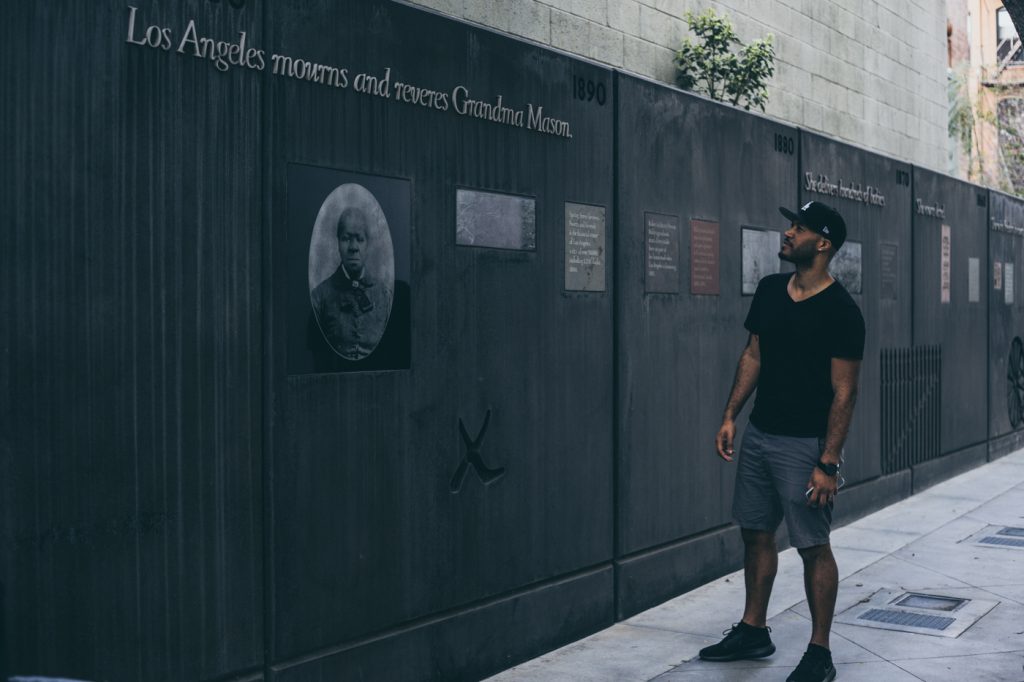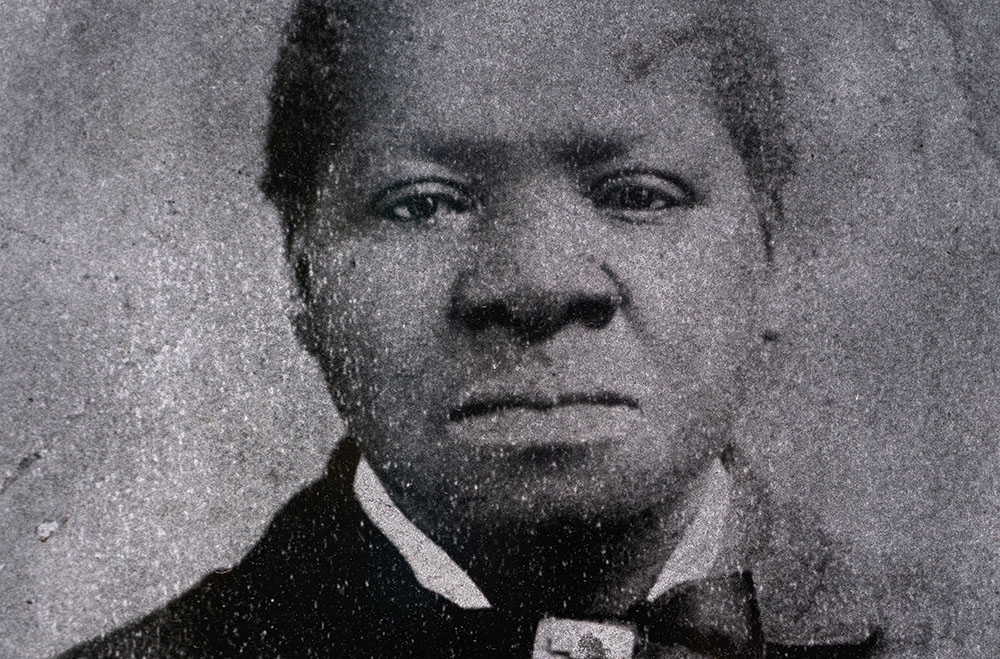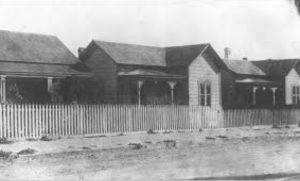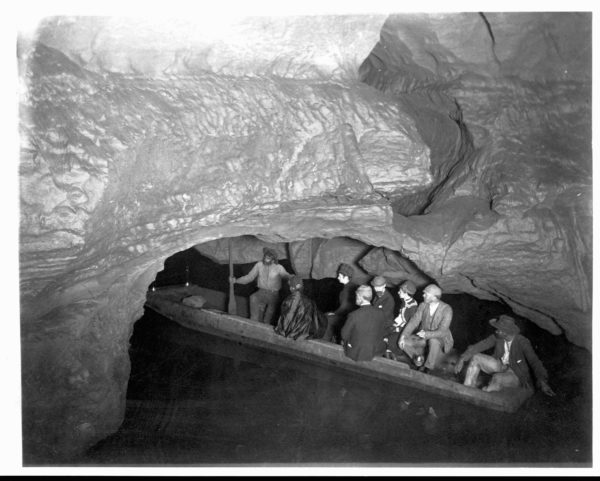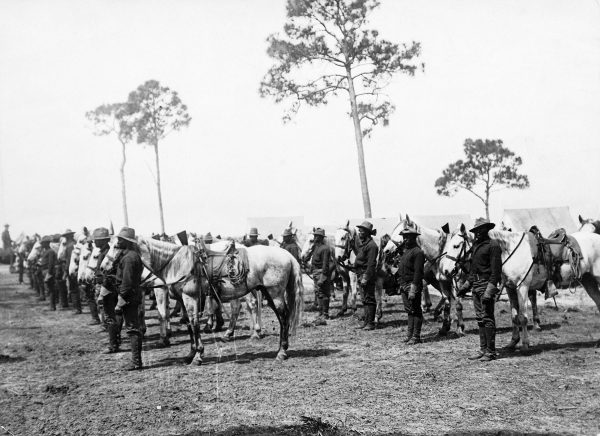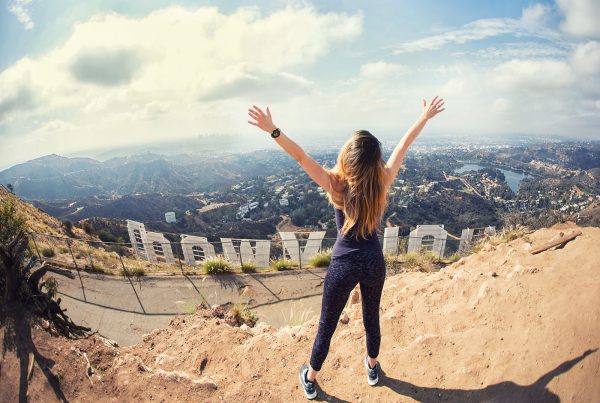No products in the cart.

Biddy Mason: The Slave That Owned Downtown Los Angeles
Long before the Chinese poured billions into Downtown LA’s lucrative real estate market, a freedwoman name Biddy Mason invested heavily in the city’s future. By the time of her death, Mason had shifted her misfortunes from that of a second-class citizen to one of the wealthiest women west of the Mississippi. Still, despite her contributions to the growth of America’s second largest city, her story is unknown to millions.
That tale begins back in 1818, within the boundaries of Hancock County, Georgia. It was there that Biddy was given away as a wedding gift to southern slave master, Robert Smith. Smith later moved Biddy, his other slaves and new bride to Mississippi but their stay in the southern state didn’t last long. The group migrated west, joining the Mormon exodus to Colorado and eventually Utah. That would not be their last stop however.
By 1852, Smith and his “family” arrived in San Bernardino, California. This resettlement presented a major problem for the slave master. California was a free state, meaning Biddy and any slave born or living there were not property. Four years after their arrival to Southern California, Smith began plotting a move to Texas where he intended to sell his slaves before California authorities could free them.
Mason, fearful of being separated from her children, escaped with other slaves to nearby Los Angeles where she hid out. Smith tracked the group down and kidnapped them, taking them into the Santa Monica Mountains. Fortunately, Lizzy Flake Rowan, a freed slave who spent time with Biddy in San Bernardino, informed the local sheriff of the kidnapping. He quickly issued a writ of habeas corpus and sent a local posse to round up Smith, Biddy and the other slaves.
A legal battle ensued, but Smith successfully bribed the opposing attorney to drop Biddy as a client, leaving her defenseless. Smith claimed that his slaves wanted to return to Texas with him because they were part of his family. And because African-Americans were not legally allowed to testify against White people, Biddy was prohibited from refuting Smith’s claim. To circumvent the rule, the judge presiding over the case, Benjamin Ignatius Hayes, agreed to speak to Biddy in private. She quickly informed him that she had no interest in returning to Texas. Judge Hayes listened and granted her, her three children and ten other slaves their freedom and sent Mr. Smith packing.
Mason worked as a nurse and midwife in the years after, living frugally until amassing enough money to purchase land. Her first plot was located on Spring Street, between 4th and 5th Streets. Mason would continue acquiring real estate in the Los Angeles area, leading to a $300,000 fortune by the time of her death. Throughout her life, Biddy gave to freely to various charities, the homeless and sick, and founded an elementary school for black children. She was a founding member of First African Methodist Episcopal Church of Los Angeles, the city’s first Black church. That church was constructed on Spring Street on the same land that Mason owned.
In present day Downtown Los Angeles, also on the land Biddy once owned and lived, a memorial pays tribute to her legacy. Because of Biddy’s incredible story, and the popularity of the area where that memorial is located, we’ve designated The Biddy Mason Memorial Park as one of our official #ForTheCulture stops. A marble wall detailing her life in words and pictures is located just across the street from Grand Central Market. If you’re in the area, stop by.
Visit: Biddy Mason Memorial 333 S Spring St, Los Angeles, Ca 90013
